When it comes to photographing the great outdoors, timing is everything—and early autumn (September to October) offers one of the most magical windows of the year. Whether you’re chasing golden foliage or quiet trails, here’s why this shoulder season deserves a spot at the top of every landscape photographer’s list.
Get your personal copy of the photo below here
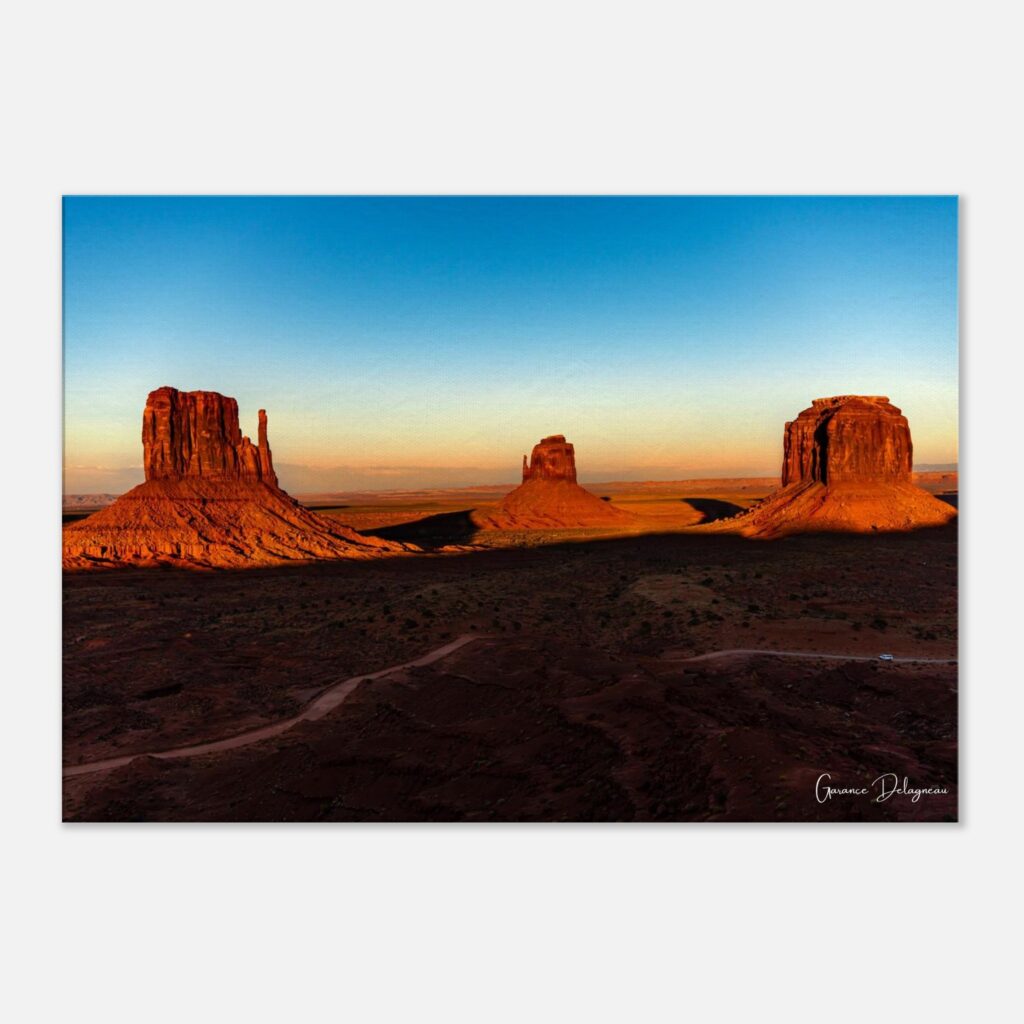
1. Peak Colors, Minimal Crowds
By mid-September, national parks start to glow with fiery reds, warm oranges, and golden yellows. From the maples of Acadia to the aspens of the Rockies, this is nature’s annual art show—and you don’t want to miss it.
Even better? Summer tourists are gone. School is back in session, crowds have thinned, and iconic viewpoints like Tunnel View in Yosemite or Zion’s Canyon Overlook are finally serene again. It’s the perfect time for long exposures and patient compositions without interruption.
Get your personal copy of the photo below here
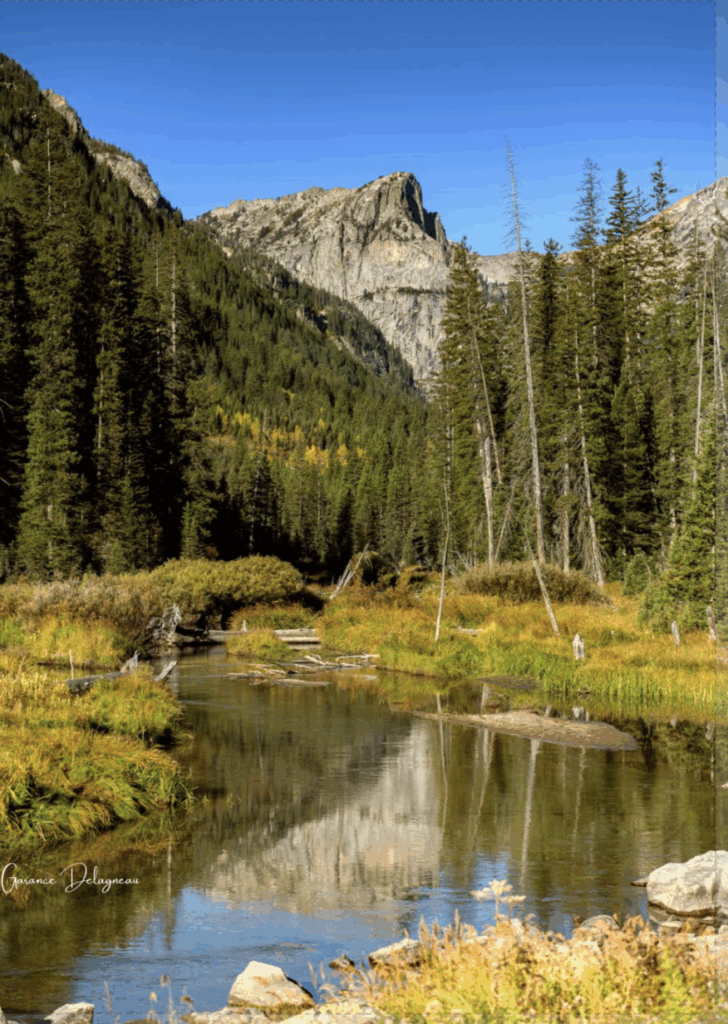
2. Wildlife on the Move
Fall is prime time for animal activity. Elk are bugling, bears are foraging before winter, and many animals are out in the open during cooler parts of the day. Photographers have better chances of capturing candid wildlife moments without the chaos of summer hikers.
Get your personal copy of the photo below here
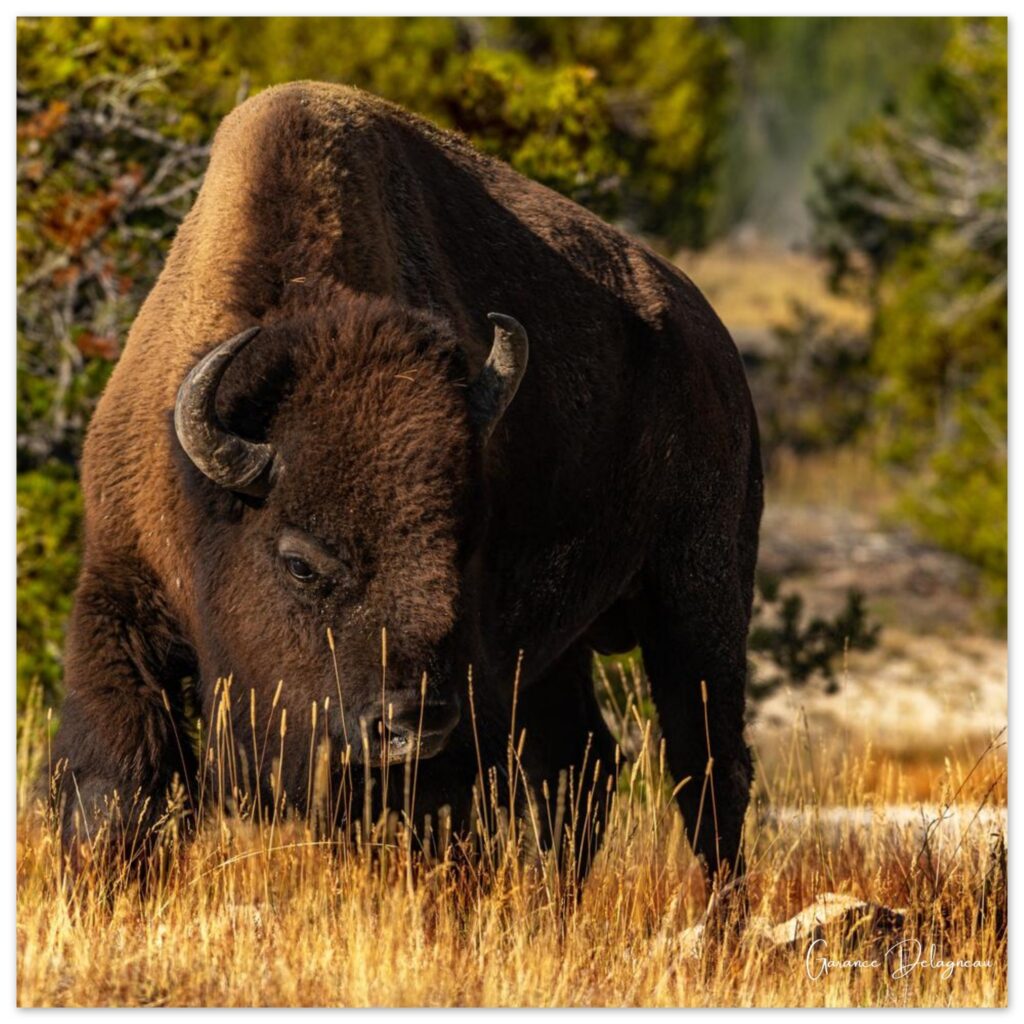
3. Snow-Dusted Peaks
By late September, higher elevations start receiving their first dustings of snow, adding contrast and texture to your compositions. Imagine golden larch trees below and jagged, white-tipped peaks above—autumn gives you a touch of every season in one shot.
Get your personal copy of the photo below here
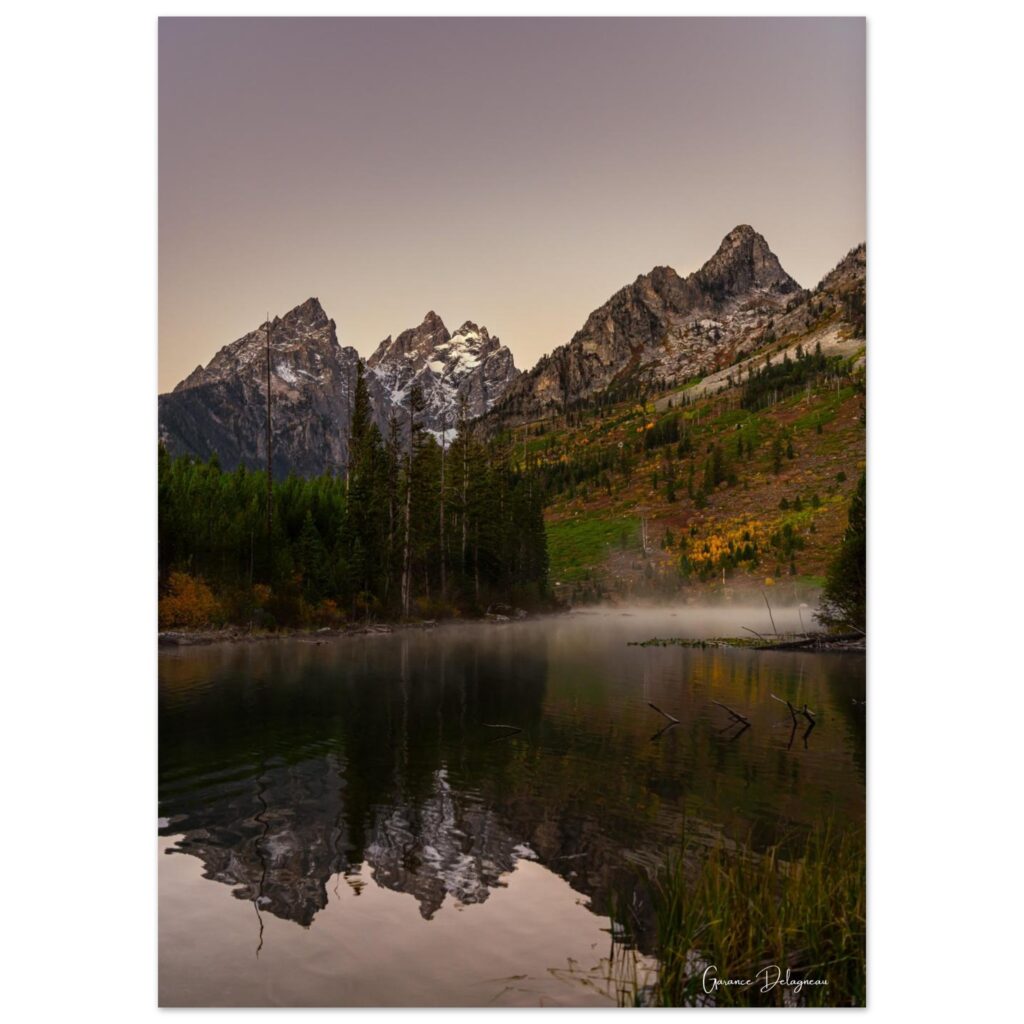
4. Sunrise That Doesn’t Hurt
Say goodbye to those brutal 4:30 AM alarms. In early fall, sunrise happens around 7 AM, giving photographers a chance to catch the golden hour without sleep deprivation. Evening light is also longer and softer, perfect for sunset hikes and twilight silhouettes.
Get your personal copy of the photo below here
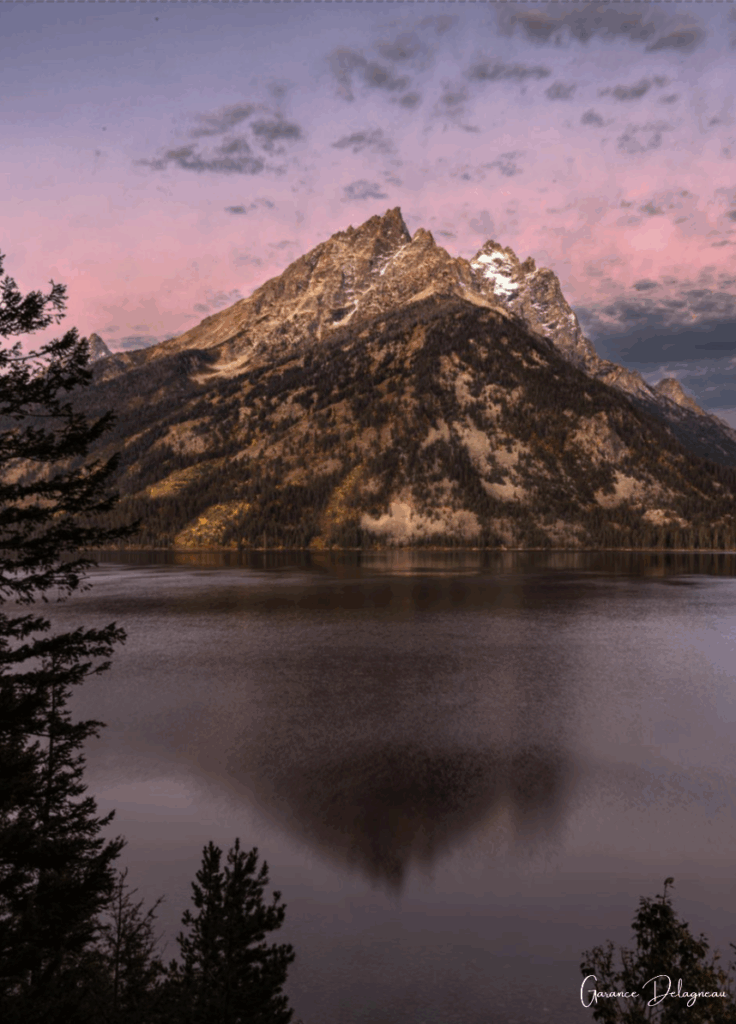
5. Comfortable Hiking Weather
Gone is the sweltering heat of summer—fall hiking is cool, crisp, and dry. Whether you’re carrying a full camera kit or scouting remote trails, you’ll cover more ground with less fatigue. Layers are your friend, and trail conditions are often at their best.
Final Thoughts
September and October are an overlooked sweet spot for national park photography: rich colors, gentle light, calm trails, and vibrant wildlife—all with a side of snow-capped drama. If you’re planning a shoot or just chasing inspiration, fall is your season to slow down, explore deeper, and capture the parks at their most poetic.
Last Tip
Some national parks (like Glacier, Yellowstone, or Grand Teton) start closing roads by mid-October. Plan ahead, check conditions, and pack warm layers—it’s worth it.
